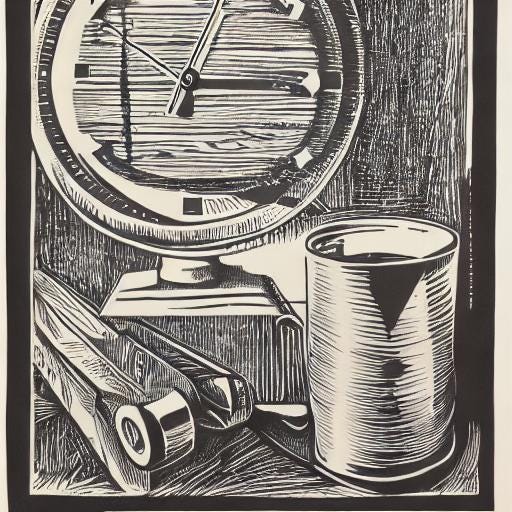The Do's and Don'ts of App Messaging: Effective Messages
Clear and effective app communications answer all of 5W's. Memorable communications also answer How. Remember form follows function; and what you say is just as important as how you say it.
Frameworks and communication models are important. Understanding the user journey is paramount. Timing your messages is critical. People interact with brands in an ever growing amount of channels and devices. Great apps are capable of using the right tone to reinforce the message.
Note that this post does not discuss brand voice. A brand voice should be part of your brand strategy. I am not an expert on branding but the definition of how your brand looks, talks and communicates is critical to consistent and memorable communications. See Mailchimp’s example.
The role of the UX Copywriter has grown in importance. A UX Copywriter is responsible for writing and structuring copy that moves users towards accomplishing a goal. UX Copywriters are amazing, but they are also a luxury most startups can’t afford. Companies with bigger budgets can hire them, but often underutilize them.
The incapability of crafting proper messages is the result of organizational silos, the lack of process, and the transversal nature of communications. My proposal to achieve consistent and efficient messaging is the internal agency model.
Collaboration and Teamwork
For the internal agency model to work there must be some organizational baseline. The company should have a clear user journey already in place. People should also be literate in communication concepts. These considerations will create constraint, which is good for delivery and consistency processes.
The internal agency model is based on requests. These requests are made with a specific brief. Message copy request should emphasize audience, message intentionality, channel, medium and desired goal.
Audience: Audience is relevant because it will help determine the tone and the type of words.
Intentionality: What is the purpose of sending this message. Is it to inform, to incite action, or is it part of a conversation.
Desired Goal: Describes the action a user should make.
Channel and Medium: Limit the amount of words or characters that can be used.
Conclusion
Copy matters. Unfortunately most organizations are not setup to write effective messages. The limitations to UX Copywriting are budgetary and or organizational. This article proposed using the results of your co-creation sessions (User Journey and Event Storming) in combination with the definitions in the proposed framework. Once these elements are clearly defined, teams will be free to operate within guardrails and create communication briefs.



